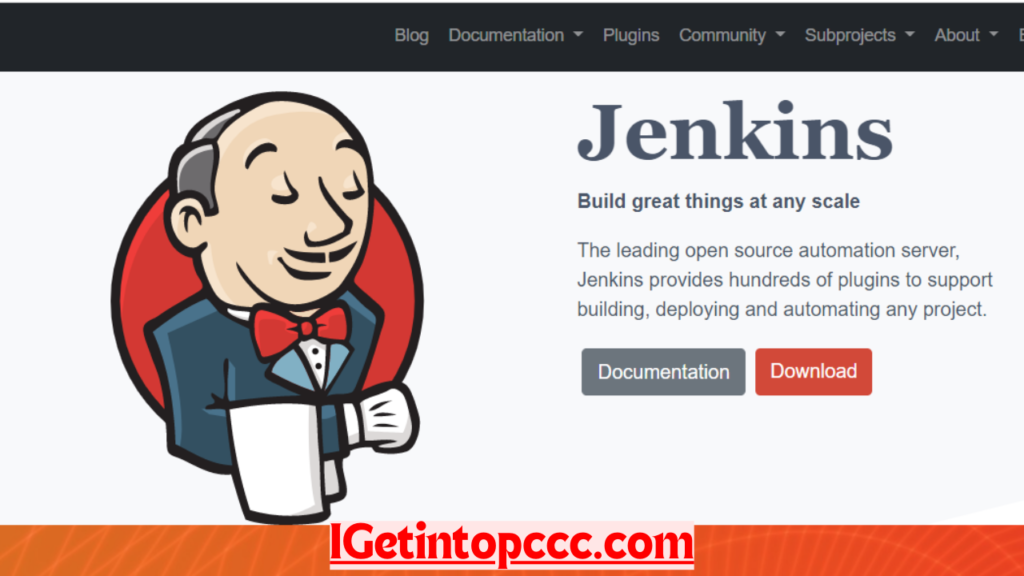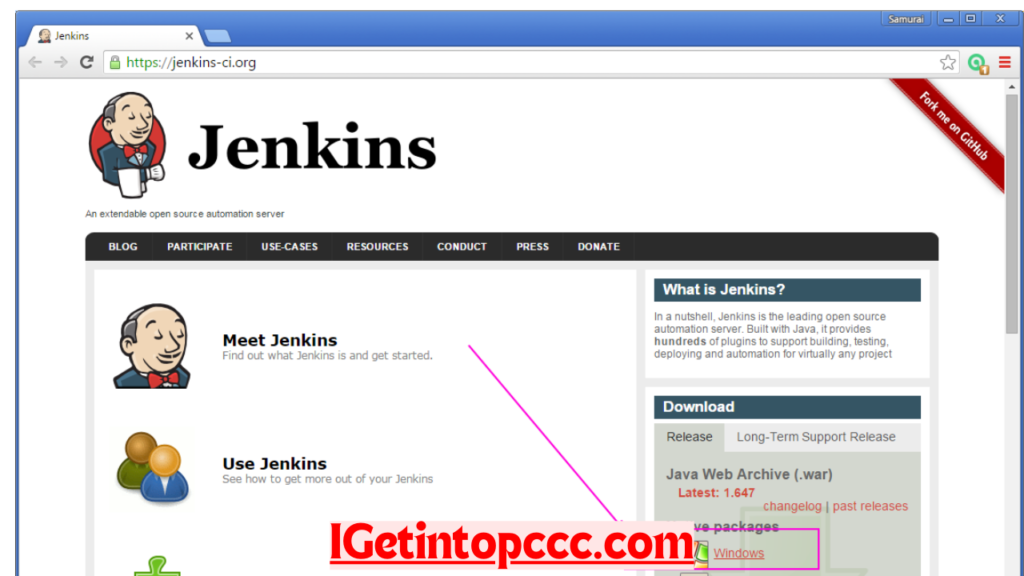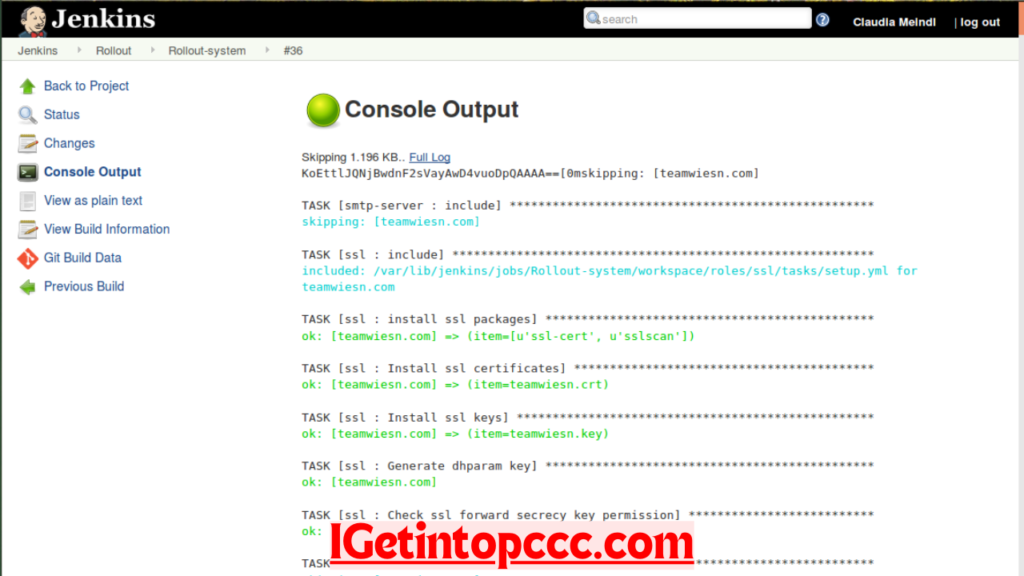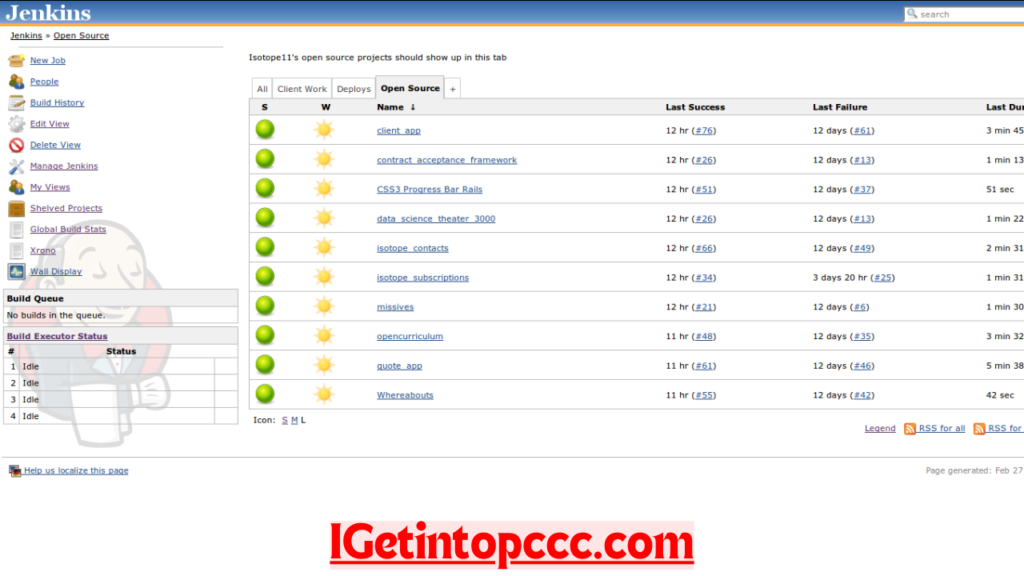Jenkins software download
Jenkins is an open-source automation server that facilitates continuous integration and continuous delivery (CI/CD) in software development.
Overview of Jenkins

This powerful tool enables developers to automate the building, testing, and deployment of applications, enhancing productivity and quality. With its extensive plugin ecosystem, Jenkins can integrate with virtually any tool in the software development lifecycle. This flexibility makes it a go-to choice for teams looking to streamline their development processes. Jenkins is platform-independent, which means it can run on various operating systems, such as Windows, macOS, and Linux, making it accessible to a wide audience.
One of the key benefits of Jenkins is its user-friendly interface, which allows users to easily configure jobs and monitor builds in real-time. The dashboard presents an overview of all the jobs, highlighting their status, build history, and any errors that may have occurred. This visibility is crucial for teams to maintain efficient workflows and quickly address any issues that arise. Furthermore, Jenkins supports distributed builds, meaning it can manage multiple nodes to optimize performance and resource usage, providing a scalable solution for large projects.

Features of Jenkins
Jenkins offers a multitude of features that cater to various aspects of software development:
- Extensive Plugin Support: Jenkins boasts over 1,500 plugins that extend its functionality. These plugins enable integration with various tools, from version control systems like Git to testing frameworks like JUnit.
- Pipeline as Code: Jenkins allows the definition of build pipelines using a domain-specific language (DSL), enabling version control of the pipeline configuration itself. This feature enhances collaboration and consistency across teams.
- Distributed Builds: Jenkins can distribute workloads across multiple machines, improving performance and reducing build times, especially for larger projects.
- Real-Time Monitoring: Users can monitor the progress of builds and deployments in real-time, which aids in identifying and resolving issues promptly.
These features collectively empower teams to automate repetitive tasks, reduce manual errors, and deliver high-quality software faster.

Technical Specifications
- Version: 2.361.2
- Interface Language: English (Multi-language support available)
- Audio Language: N/A
- Uploader / Repacker Group: Jenkins Community
- File Name: jenkins.war
- Download Size: Approximately 70 MB
System Requirements
For Windows
- Operating System: Windows 7 or later, macOS 10.12 or later, any Linux distribution
- RAM: Minimum 2 GB (4 GB recommended)
- Disk Space: At least 1 GB of free space
- Java Version: Java 8 or higher

Adjusting Graphics Settings
While Jenkins is primarily a server-based application and does not require extensive graphical settings, ensuring your Java environment is optimized can enhance performance.

Troubleshooting Common Issues
- Installation Problems: Ensure that you have the correct version of Java installed.
- Build Failures: Review the logs for specific error messages, which can often point to configuration issues.
- Plugin Compatibility: Make sure all plugins are updated and compatible with the Jenkins version you are using.
How to Download and Install Jenkins
- Download: Visit the Jenkins official website to download the latest version.
- Installation:
- For Windows: Run the downloaded .exe file and follow the installation wizard.
- For macOS: Use Homebrew with the command
brew install jenkins-lts. - For Linux: Use package managers like
aptoryumbased on your distribution.
How to Use Jenkins
- Start Jenkins: Launch Jenkins by executing the command
java -jar jenkins.warin your terminal. - Access the Dashboard: Open your web browser and navigate to
http://localhost:8080. - Create a New Job: Click on “New Item,” select “Freestyle project” or “Pipeline,” and configure your build settings.
- Build the Job: Once configured, click “Build Now” to initiate the job.
- Monitor Builds: Check the console output for live updates on the build process.

Conclusion
Jenkins is a versatile and powerful tool that significantly enhances the software development workflow. The ability to automate processes, integrate with numerous tools, and provide real-time insights makes it an invaluable asset for any development team. For more comprehensive information and resources, you can visit the following websites: Frezsa, Ocean of Games, IPC Games, Get Into PC, and AACPI.
By leveraging Jenkins, you can streamline your development processes, improve code quality, and ultimately deliver better software products.

Leave a Reply